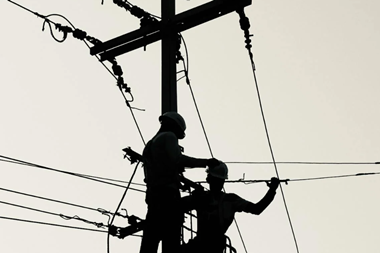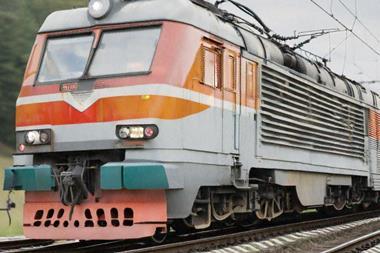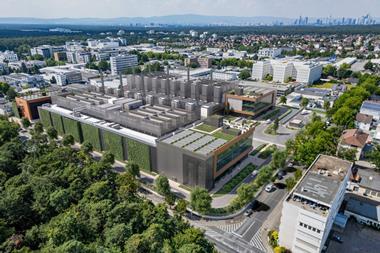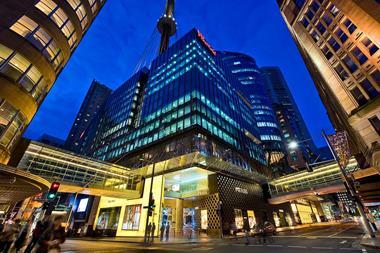Institutional investors have held back on investing in infrastructure this year, following rising interest rates, but will soon return to the market, especially to invest in energy-transition assets, according to fund managers at the BAI Symposium in Germany this week.
Peter Brodehser, partner of infrastructure investments at DWS, told IPE Real Assets in Frankfurt that pension funds had been reviewing their strategic asset allocations, but they would return to energy infrastructure investments in 2024.
An exacerbation of geopolitical tensions – with the conflict in the Middle East adding to the uncertainty caused by the war in Ukraine – are among many factors asset allocators are taking into account as they reconsider the role of infrastructure in portfolios and the asset class’ stability compared to more volatile liquid markets, he said.
The political momentum behind renewable energy, combined with restrictive debt financing from banks, would open up opportunities for institutional investors to contribute to the energy transition in Europe, Brodehser added.
Earlier this month, the Council of the EU adopted the new Renewable Energy Directive, raising the target for the share of renewable energy in the EU from 32% to 42.5% by 2030 with a 2.5% top-up to reach the 45% target.
Carlo Vescovo, managing director and head of European energy transition credit funds at Nuveen Infrastructure, told IPE Real Assets that the demand for energy transition assets “is there”.
He said: “Institutional investors look at everything that is established [in infrastructure for the energy transition]. Wind farms and photovoltaic are the two sectors where institutional investors invest a lot.” He said they should also consider complementary investments in networks, storage, energy efficiency and buildings.
Vescova said during a presentation to delegates at the symposium: “There is an increasing risk for credit [but] not really for private credit infrastructure. You lend to an energy producer that is selling under a contract that is fixed in price and quantities.”
Energy security, climate change and the demand for energy growing in line with world population growth, are three factors to consider when talking about energy transition related investments, he added.
Alternative investments will become a “multi-tool” asset class for yield pick-up, risk reduction, asset-and-liability matching, inflation protection and ESG investing, Brodehser said.
Meanwhile, with rising interest rates, he said the relative share of alternatives and infrastructure in the portfolios had increased, while the share of liquid assets had decreased due to the denominator effect.
Investors have been showing “strong restraint” in 2022 and 2023, with close to zero investments in infrastructure and alternative investments, as fixed income is appealing again, he added.
On the other side, developers have been waiting to sell, creating a backlog of projects that are now slowly coming back to market, Brodehser added.
To read the latest edition of the latest IPE Real Assets magazine click here.


















